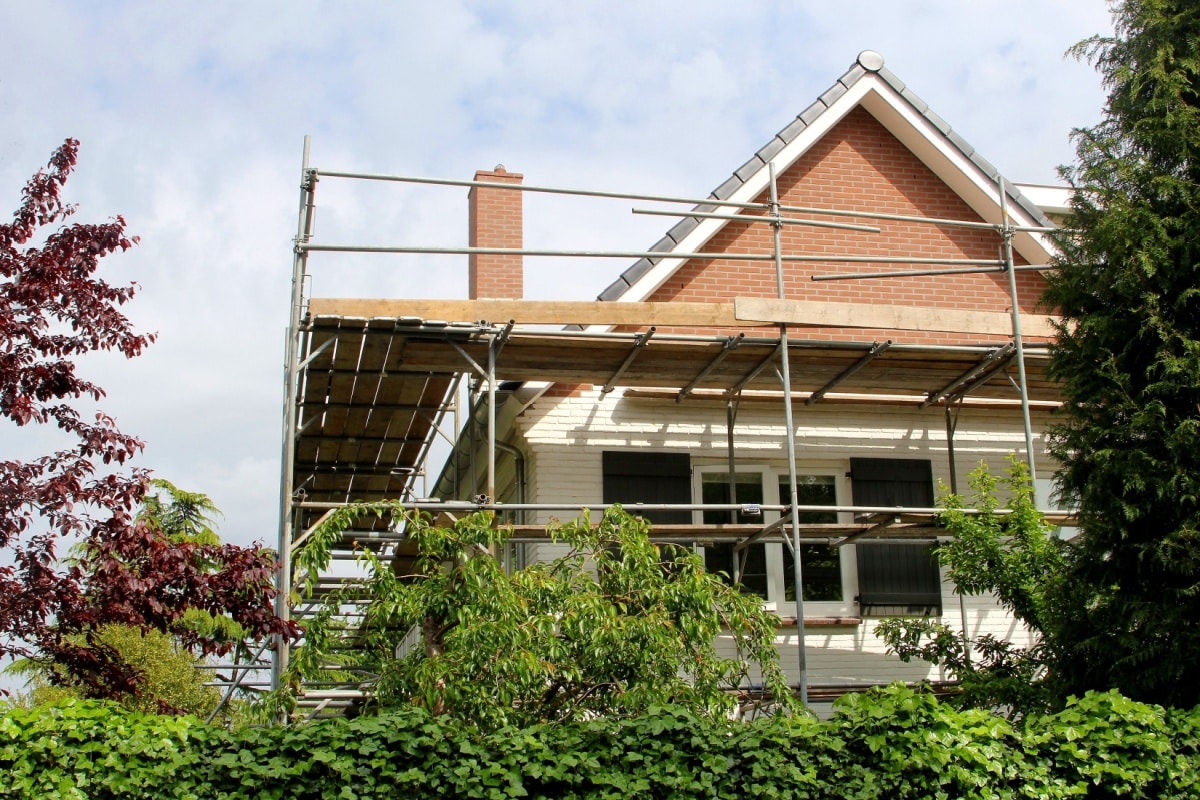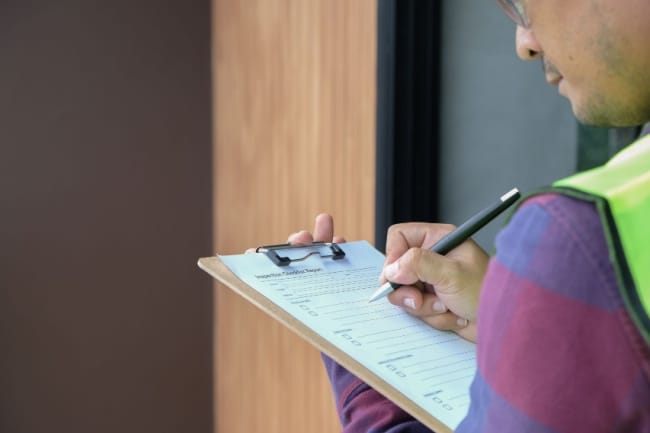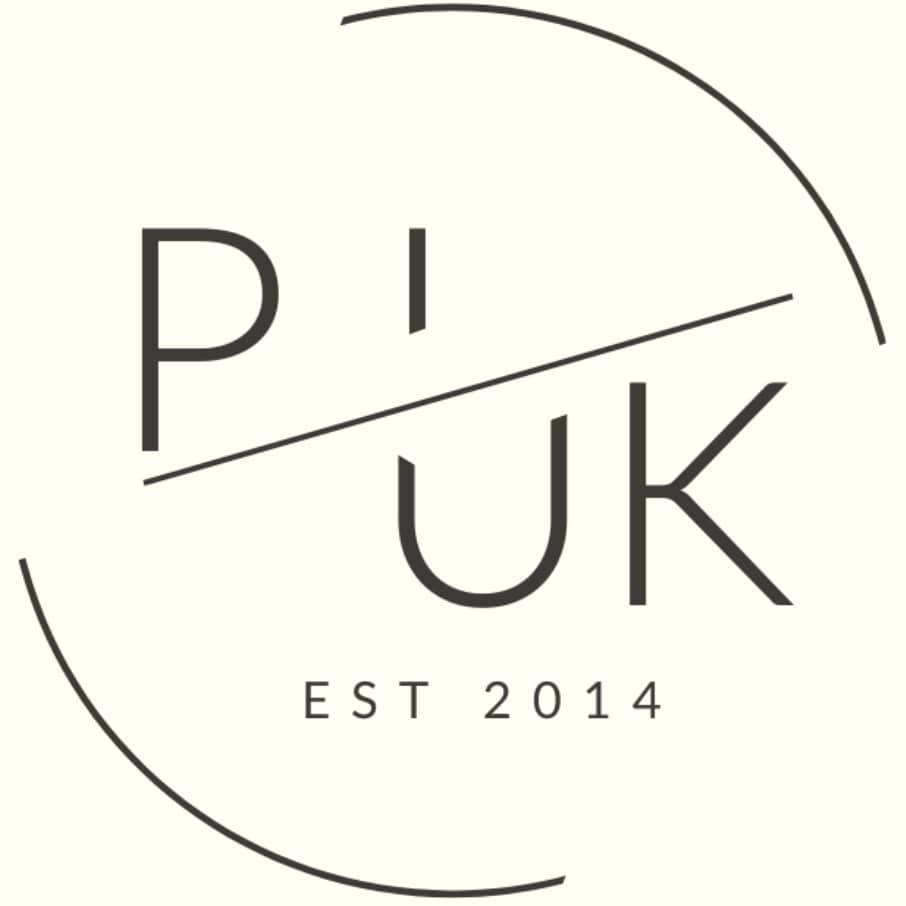Buy Refurbish Refinance: Building a Property Portfolio
In the ever-evolving landscape of UK property investment, one strategy has consistently proven its worth: Buy, Refurbish, Refinance (BRR).
As we navigate the current UK property market cycle, BRR, often extended to BRRR (Buy, Refurbish, Refinance, Rent), continues to offer investors and landlords a powerful tool for rapidly growing their portfolios.
At its core, BRR is about creating value. Investors purchase properties with potential, breathe new life into them through strategic refurbishment, and then leverage this increased value to refinance and extract capital. This extracted capital becomes the fuel for further investments, creating a cycle of growth that can significantly outpace traditional buy-to-let strategies.

-
by Robert Jones, Founder of Property Investments UK
With two decades in UK property, Rob has been investing in buy-to-let since 2005, and uses property data to develop tools for property market analysis.

How Buy Refurbish Refinance Works: A Journey Through The Process
Imagine you've found a tired, neglected property in a promising area with high buyer demand and impressive rental yields, it is one of the best cities to invest in buy-to-let. This is where your BRR journey begins. The 'Buy' phase is all about vision and research. You're not just purchasing a property; you're investing in potential. This might be a house with an outdated layout, a building ripe for conversion, or simply a home in need of full modernisation.
Once the property is yours, the 'Refurbish' phase begins. This is where your property transforms from ugly duckling to beautiful swan. It's not just about cosmetic changes. A simple repaint or new windows won’t be enough to achieve success with this strategy.
You need to think bigger and think about how to add the most value through planning gain, layout improvements, creating additional bedrooms or extensions.
With the refurbishment complete, you enter the 'Refinance' stage. This is where your hard work starts to pay off. A new valuation reflects the property's increased worth, allowing you to refinance at a higher value that you purchased the asset for.
This isn't just adding value on paper; it's about releasing equity that you can use to fund your next project, effectively recycling your initial investment in part or in whole.
For those following the BRRR strategy, the final 'Rent' phase turns your improved property into an income-generating asset. Completed correctly and you should see a significant uplift to your property value and also your new rental value and income.
Advantages of the BRR Strategy
The BRR strategy offers a unique set of advantages.
Perhaps the most powerful is the ability to recycle your capital. Unlike traditional buy-to-let, where your initial investment remains tied up in one property, BRR allows you to extract and reuse your capital, often multiple times across consecutive projects.
Using it to acquire multiple properties and grow your property portfolio in a fraction of the time it would take with other more traditional rental strategies.
The potential for a high return on investment (ROI) is another compelling advantage. By forcing appreciation through refurbishment, you're not just waiting for the market to increase your property's value; you're actively driving that increase. This can lead to significant equity gains, often far outpacing the natural market growth.
Moreover, when you implement the full BRRR strategy, you benefit from ongoing rental income. This isn't just about covering your mortgage; it's about creating positive cash flow that can support your living expenses, pay down mortgages or fund future investments. It's a way to build both immediate income and long-term wealth.
Navigating the Challenges: Understanding BRR Risks
While the potential rewards of BRR are significant, it's crucial to approach this strategy with open eyes. The path to success is paved with challenges that require careful navigation.
- Time is perhaps your most precious resource in a BRR project, and these ventures demand a lot of it. From scouring the market for the right property to managing extensive refurbishments and navigating the refinancing process, BRR is not a passive investment strategy. It requires active engagement and management at every stage.
- Capital intensity is another significant factor. BRR projects often require substantial upfront investment, not just for the initial purchase but for your monthly holding costs and of course your refurbishment investment as well. This can strain your financial resources significantly.
- Market risk is of course relevant in any property investment, but it's particularly acute in BRR. The success of your project hinges on the property market remaining stable or growing during your refurbishment period. A downturn could significantly impact your ability to refinance at the desired level, potentially leaving capital trapped in the project.
- Renovation projects are notorious for going over budget and beyond scheduled timelines. These overruns can erode projected profits and add stress to the project. Experienced developers often build in contingencies of 10-20% to cushion against these overruns.
- The refinancing phase brings its own set of challenges. Lender criteria can change, your personal financial circumstances might shift, or the broader lending market could tighten. Any of these factors could impact your ability to refinance on favourable terms, potentially compromising the success of your BRR strategy.
A Deep Dive into BRR Finances: A UK Case Study
Let's explore a detailed BRR case study to illustrate the potential of this strategy in the current UK market. We'll follow the journey of a hypothetical property from purchase through to refinance, breaking down the numbers at each stage.
Initial Purchase:
- Property purchase price: £200,000
- Mortgage amount: £140,000
- Deposit (30%): £60,000
- Buy costs: £4,000
- Total initial capital invested: £64,000
Refurbishment:
- Total refurbishment cost: £40,000
(circa 20% of the initial property value)
Holding Costs (6 months):
- Total holding costs: £6,000
(circa 3% of the initial property value. Including mortgage, insurance, utilities, council tax)
Post-Refurbishment Value (6 months later):
- New property value: £300,000
- Increase in value: £100,000
(circa £2.5 increase in value returned for every £1 spent on your refurbishment)
Refinance:
- New mortgage at 70% LTV: £210,000
- Original mortgage repaid: £140,000
- Capital released: £70,000
Financial Summary:
- Total money in: £110,000 (Initial costs £64k + Refurb £40k + Holding costs £6k)
- Capital released: £70,000
Return on Capital Employed
- Money left in deal: £40,000
- Increase in property value: £100,000
- ROCE: 250%
In this example, the investor has transformed a £200,000 property into one worth £300,000.
They have left £40,000 in the deal but now own an asset with £90,000 in equity.
If they choose to rent the property, they'll also benefit from an increased ongoing rental income and improved rental prospects,
This case study demonstrates the power of BRR to not only increase property value but also to release capital for future investments while still maintaining a significant equity position in the improved asset.

Step 1 - The Buy Phase
The journey of a thousand miles begins with a single step, and in BRR, that step is finding the right property, either sourcing the property yourself or using a property sourcing agent. This isn't about stumbling upon a good deal; it's about strategically identifying properties with hidden potential. You're looking for the worst house on the best street, which has a house valuation significantly lower than other similar properties nearby.
Homes that are undervalued (below market value) due to their condition but are in great locations and offer a selection of options to add value.
Your focus should be on properties that require significant work. These might be neglected homes, outdated properties, or buildings ripe for conversion. The key is to spot opportunities where others see problems.
A dated 1970s bungalow might be the perfect candidate for a modern open-plan renovation. A large Victorian terrace house could be ideal for conversion into a high-yielding HMO. A one-bedroom apartment could become a two-bedroom apartment with a creative change in layout.
Proper property due diligence at this stage is crucial. You're not just assessing the property; you're evaluating its potential within the context of the local market. This means deep diving into local property prices, rental demand, and area development plans.
Is the population growing? Is local employment growing? Is there local investment from the council or large businesses?
You're looking to buy not just for today, but for where the market will be when you come to refinance and rent.
Remember, in BRR, you make your money when you buy. Negotiating the right purchase price is paramount. Every pound saved on the purchase price is a pound added to your potential profit. This isn't just about being a tough negotiator; it's about presenting yourself as a serious, prepared buyer who can offer certainty and speed - qualities that can be very attractive to motivated sellers.
Negotiating and finding the deal is only part of the buy phase. A property survey during the purchasing process is important to spot any hidden issues. The last thing you would wish for is a hidden structural issue as the cost to rectify can be significant. Spending a couple of hundred pounds on a home survey is worthwhile.
Step 2 - The Refurbishment Phase
As the dust settles from your property purchase, the exciting phase of refurbishment begins. This is where your vision starts to take shape, transforming a dated or neglected property into a desirable home. But make no mistake, this phase is as much about strategic planning as it is about bricks and mortar. This planning starts much earlier than when you pick up the keys of your new purchase.
Starting with a refurbishment checklist is key whether you are doing a buy-to-let, a HMO or even considering a future flipping strategy.
Your refurbishment checklist can include
- A schedule of works
- A furniture checklist (suitable for HMOs and staging a property for a flip)
- A diary with the full project schedule
- A floor plan
These combined refurbishment plans should be laser-focused on adding maximum value. Create a project plan that includes specific timelines, which trades are needed and when? What materials are needed and when? Plus, there are important key milestones that you need to hit to stay on track.
These four documents work together as an integrated system for successful property development: the Schedule of Works acts as your master blueprint, detailing every renovation task needed in each room; the Furniture Checklist ensures nothing is overlooked in creating functional, attractive spaces; the Project Diary keeps all stakeholders synchronised and accountable for timelines; and the Floor Plan translates your vision into a practical layout that trades can follow precisely. Together, these documents help prevent costly oversights, minimise delays, enable accurate budgeting, and ensure clear communication between all parties involved in bringing your property development project to successful completion.
When choosing your trades and team, don’t simply rely on one recommendation from a friend of a friend. Look for skilled builders using associations like the federation of master builders.
Focus on adding significant value. High-impact improvements often include adding extra bedrooms, creating open-plan living spaces, or adding an extension. Look at the potential of gaining planning permission for future development can significantly boost a property's value, even if you don't carry out the work yourself.
Budgeting is critical during this phase. Experienced developers often work with a contingency of 10-20% on top of their estimated refurbishment costs. This buffer can be a lifesaver when you uncover unexpected issues or face sudden price increases in materials.
Throughout the refurbishment, meticulous record-keeping is essential. Before and after photos, detailed costings, and a schedule of works aren't just for your own records. They form a crucial part of your evidence when it comes to refinancing, helping to justify the new, higher valuation of your property.
Step 3 - The Refinance Phase
With your property transformed, you now enter the crucial refinance phase. This is where your hard work and investment start to pay off, allowing you to extract the value you've added to the property.
Timing is critical in refinancing. Many lenders have a '6-month rule', requiring you to have owned the property for at least six months before they'll consider refinancing. Some specialist lenders may offer shorter terms, but these often come at a premium.
Your detailed records, before and after photos, and schedule of works all play a part in justifying the new, higher value of your property. You're demonstrating not just what you've done, but the value you've added.
The type of mortgage you choose at this stage can have long-term implications for your investment. Standard buy-to-let mortgages might be suitable for straightforward single-let properties, but for more complex setups like investing in student HMOs or investing in holiday lets, you might need specialist products.
It's often worth consulting with a mortgage broker who understands the BRR strategy and can guide you to the most suitable products as early in the journey as possible. They might recommend specialist funding options like bridging finance if you need to act quickly for the purchase and then more traditional finance options once the property development has been completed.
Your goal in refinancing is to release as much of your initial capital as possible while ensuring the ongoing investment still makes financial sense. This can mean looking for the highest possible loan-to-value (LTV) that still leaves you with a profitable rental yield if you're planning to-let the property.
Step 4 - The Rent Phase (BRRR)
For those following the full BRRR (Buy, Refurbish, Refinance, Rent) strategy, the final phase turns your improved asset into an income-generating machine. But success in the rental market isn't automatic; it requires as much strategic thinking as the earlier phases of your project.
Your choice of rental strategy can significantly impact your returns. Standard Assured Shorthold Tenancies (ASTs) offer stability and relatively hands-off management. Houses in Multiple Occupation (HMOs) can provide higher yields but come with more regulatory requirements and hands-on management. Short-term lets or holiday rentals can offer premium rates but may suffer from seasonal fluctuations and require more intensive management.
Knowing your rental strategy is only one step, knowing your tenant profile is just as important.
Understanding your target tenant should inform every decision you make, from the type of refurbishment you undertake to the way you market your property. Are you aiming for young professionals who might value a sleek, modern finish and good transport links? Or perhaps families who might prioritise garden space and proximity to good schools?
Researching local rental demand and rates is crucial. This isn't just about setting the right rent; it's about understanding how much refurbishment you should undertake so you don’t overspend and over develop the property.
A property that looks great can still struggle if there's limited demand for that type of accommodation in the area.
Remember, the rent phase isn't just about immediate income. A well-maintained property with good tenants can provide steady cash flow while potentially continuing to appreciate in value, setting you up for future refinancing or a profitable exit when the time comes.
The Future of BRR in 2025 and Beyond
You must think months and years ahead for a successful outcome with the BRR strategy.
The current landscape of the UK property market is characterised by strong demand from homeowners, investors, and tenants in many areas. This is a great foundation for BRR projects.
While the fundamentals of BRR remain sound, the strategy is evolving. Energy efficiency is becoming increasingly important, both due to regulatory pressures and tenant demands. Incorporating green technologies and energy-saving measures into your refurbishments can futureproof your investments and potentially help command premium rents and quicker sales if you do decide to exit earlier.
The finance landscape for BRR is also changing. While traditional buy-to-let mortgages remain a staple, we're seeing more specialist products catering to the BRR market. These often offer more flexibility around refinancing timelines and loan-to-value ratios, recognising the unique needs of BRR investors and the added value and security these properties have once completed.
As we look to the future, BRR is likely to remain a key strategy in the UK property investor's toolkit. Its ability to accelerate portfolio growth and generate both capital gains and rental income positions it well to weather many market fluctuations.
Predicting and timing the market to run this strategy however is difficult and there is a famous saying by John Maynard Keynes:
“the market can stay irrational longer than you can stay solvent”
Attributed to the stock market, but no less relevant for the UK housing market.
This strategy is a great way to build a UK property portfolio, but get the timing wrong, buy high and try and sell (or refinance) at a low, it quickly becomes a different story.
If you want to consider additional strategies, here is a recommended read on real estate investment strategies.
